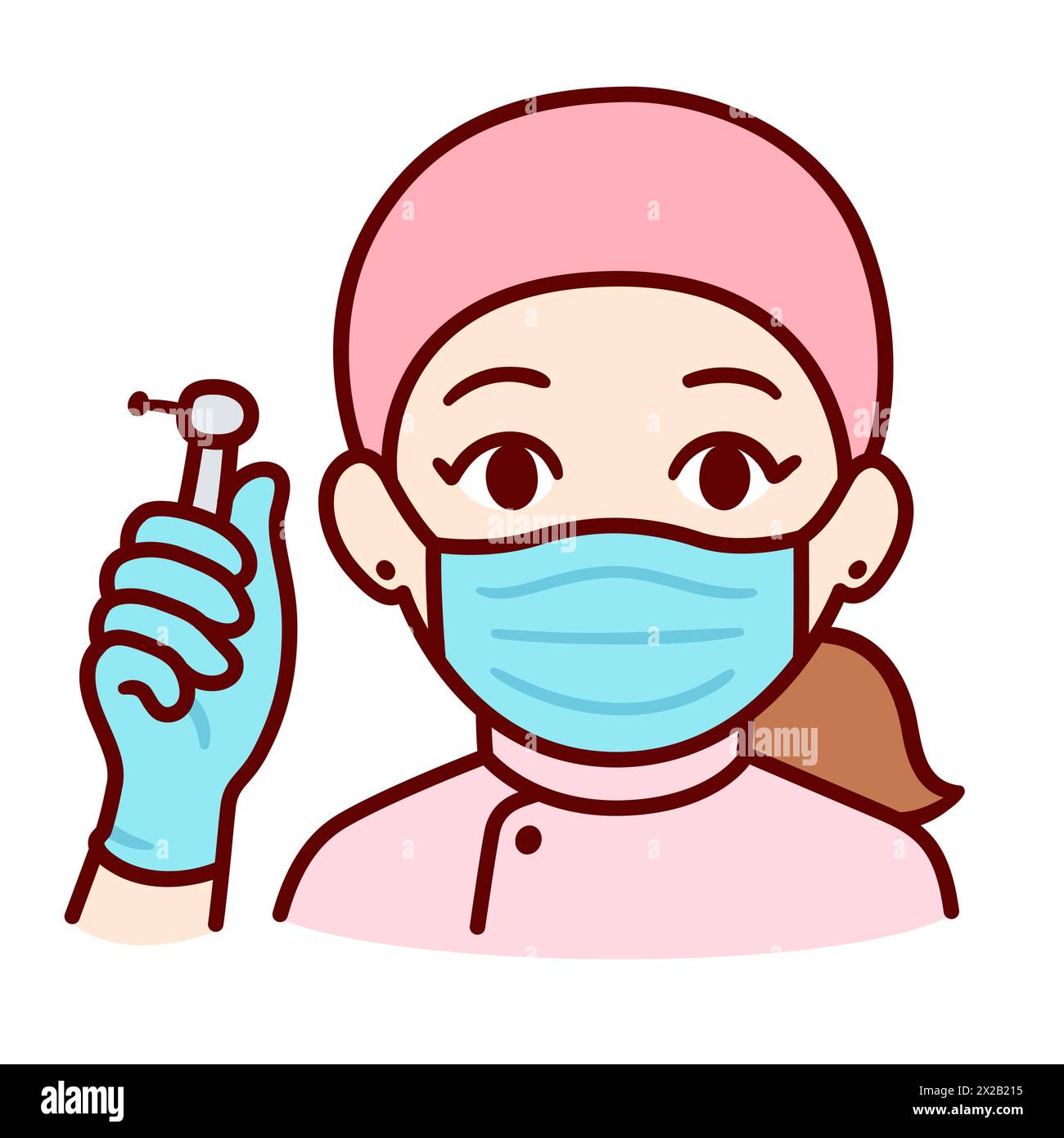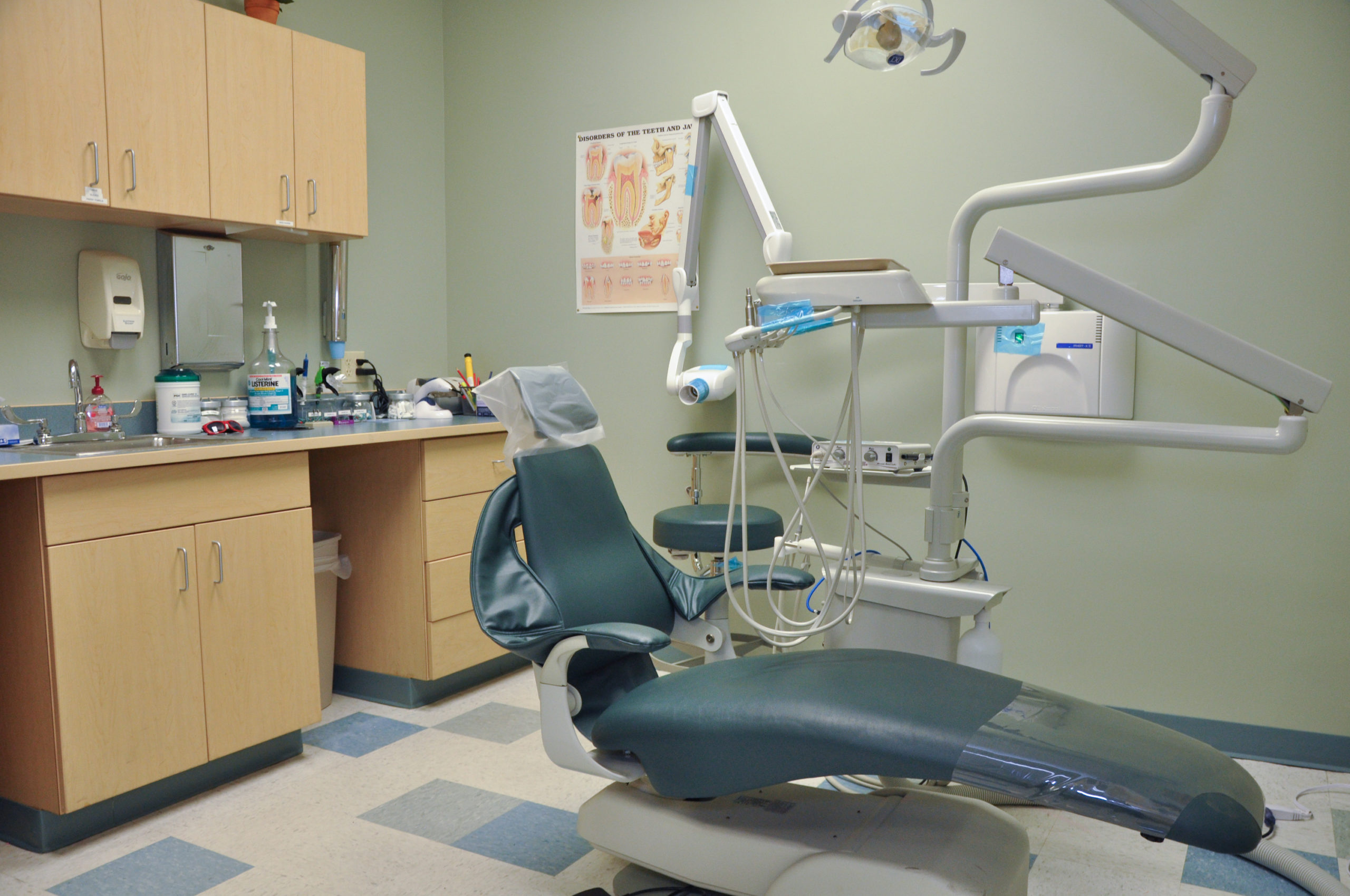Explore the Range of Dental Issues Dentists Generally Take Care Of
Dental practitioners are tasked with dealing with a wide range of oral concerns, each requiring specialized knowledge and strategies. From the common problem of dental caries triggered by microbial activity to the much more insidious development of gum tissue condition, dental professionals have to be skilled at very early discovery and intervention. Tooth sensitivity, frequently resulting from worn enamel, adds an additional layer of intricacy, while the very early recognition of oral cancer cells can be life-saving. In addition, misaligned attacks require tailored treatment plans to enhance both functionality and aesthetic appeals. What particular strategies do dental practitioners utilize to handle these diverse difficulties efficiently?

Tooth Cavities and Dental Caries
While keeping ideal dental hygiene is essential, tooth cavities and dental cavity stay common concerns that dentists regularly resolve. Cavities, also known as cavities, are brought on by the demineralization of tooth enamel due to acid-producing microorganisms in the mouth. These bacteria grow on sugars and starches from food and drinks, creating a cycle of acid attacks that slowly deteriorate the enamel and dentin layers of teeth. If left untreated, cavities can result in significant dental problems, including infections and missing teeth.
To identify dental caries and tooth degeneration, dental experts utilize a combination of visual assessments, dental X-rays, and in some cases laser fluorescence devices. For even more advanced decay, a dental practitioner might need to get rid of the endangered cells and restore the tooth with fillings made from products such as composite resin, amalgam, or porcelain.
Preventive steps are vital in combating dental caries and tooth degeneration. Normal oral check-ups, correct brushing and flossing strategies, and a balanced diet plan low in sweet foods and beverages are basic techniques that sustain dental wellness and decrease the threat of tooth decays.
Gum Disease
Gum illness, also referred to as gum disease, is a major dental health concern that affects the tissues surrounding and supporting the teeth. It begins with gingivitis, which is characterized by red, puffy gum tissues that might hemorrhage easily. If left without treatment, gingivitis can advance to periodontitis, a more severe form of gum tissue disease that can lead to tooth loss and damage to the jawbone.
Periodontitis takes place when plaque, a sticky film of bacteria, sets into tartar and accumulates listed below the gum line. This causes the periodontals to draw away from the teeth, producing pockets that become infected. As the body's immune system deals with the bacteria, the bone and connective tissue that hold teeth in area are broken down. The threat factors for gum tissue illness include inadequate dental health, smoking cigarettes, diabetes, and genetic predisposition.

Tooth Level Of Sensitivity
Beyond periodontal illness, an additional usual dental concern that people regularly experience is tooth sensitivity. Defined by a sharp, transient discomfort in response to stimulations such as hot, Read Full Article chilly, sweet, or acidic foods and beverages, tooth level of sensitivity can dramatically influence a person's quality of life. This condition commonly emerges when the protective enamel layer of the teeth ends up being used down or when the gums recede, revealing the underlying dentin. Dentin has microscopic tubules that link to the nerve closings within the tooth, consequently transmitting the painful experiences.
A number of factors add to the advancement of tooth level of sensitivity. Aggressive brushing, making use of rough tooth paste, and the consumption of acidic foods and drinks can deteriorate enamel. In addition, dental procedures, split teeth, and periodontal condition can subject the dentin. To reduce tooth sensitivity, dental professionals may recommend making use of tooth paste formulated for delicate teeth, fluoride therapies to strengthen enamel, or oral bonding to cover exposed dentin. In extreme situations, even more innovative treatments such as periodontal grafts or root canals could be necessary.

Oral Cancer
Dental cancer, a potentially dangerous and major condition, commonly flies under the radar in routine dental treatment conversations. This type of cancer can influence any type of part of the oral dental caries, consisting of the lips, tongue, cheeks, flooring of the mouth, tough and soft palates, sinuses, and throat. Early discovery is important for successful therapy, yet many situations are detected at sophisticated stages due to subtle preliminary signs.
Dental professionals play a critical function in the very early discovery of dental cancer. Throughout regular exams, they thoroughly check out the mouth for abnormal sores, relentless sores, or uncommon swellings. They may likewise employ adjunctive screening devices such as light sources or unique dyes to determine questionable areas that are not visible to the nude eye.
Threat elements for oral cancer cells consist of tobacco usage, too much alcohol usage, human papillomavirus (HPV) infection, and prolonged exposure to the sun. People are suggested to report any kind of consistent changes in their dental wellness, such as problem ingesting, unusual blood loss, or feeling numb, to their dental professional instantly.
Misaligned Bites
Misaligned bites, additionally called malocclusions, are a typical oral concern that can significantly impact both oral health and general lifestyle. These problems happen when the upper and lower teeth do not align effectively, bring about difficulties in attacking, chewing, and also talking. Malocclusions can be categorized into numerous kinds, consisting of overbites, underbites, crossbites, and open attacks, each presenting one-of-a-kind difficulties that require tailored therapy approaches.
The sources of misaligned bites are diverse and can include genetic variables, early loss of baby teeth, thumb sucking, and injuries to the jaw. Signs and symptoms frequently consist of pain or discomfort in the jaw, constant biting of the inner cheeks, and an increased danger of dental cavity and periodontal condition because of difficulty in maintaining oral hygiene.
Orthodontists and dental experts employ an array of treatments to resolve misaligned attacks, from traditional dental braces and clear aligners to extra innovative surgeries in serious instances. Early medical diagnosis and treatment are vital to stop try this problems such as temporomandibular joint (TMJ) view publisher site conditions and irregular endure teeth. Through thorough analysis and personalized treatment plans, oral professionals play a crucial role in dealing with malocclusions and enhancing individuals' oral feature and aesthetic appeals.
Verdict
Dental practitioners resolve a spectrum of dental issues, each with distinct difficulties and therapy procedures. Cavities and tooth decay result from bacterial activity that endangers tooth enamel, while gum condition can rise from gingivitis to extreme gum conditions. Tooth level of sensitivity entails discomfort from thermal stimuli, necessitating certain care. Early detection of dental cancer cells is crucial for effective treatment. Misaligned bites influence both dental wellness and top quality of life, commonly calling for orthodontic or medical services to rectify.
To detect cavities and tooth decay, dental practitioners employ a mix of aesthetic exams, oral X-rays, and in some cases laser fluorescence devices.Beyond periodontal disease, one more usual oral issue that patients regularly experience is tooth level of sensitivity. Furthermore, dental procedures, split teeth, and periodontal illness can reveal the dentin. To reduce tooth level of sensitivity, dental professionals might suggest utilizing toothpaste formulated for delicate teeth, fluoride treatments to enhance enamel, or dental bonding to cover exposed dentin - eugene dentist. Cavities and tooth degeneration result from bacterial task that compromises tooth enamel, while gum tissue illness can rise from gingivitis to extreme periodontal problems